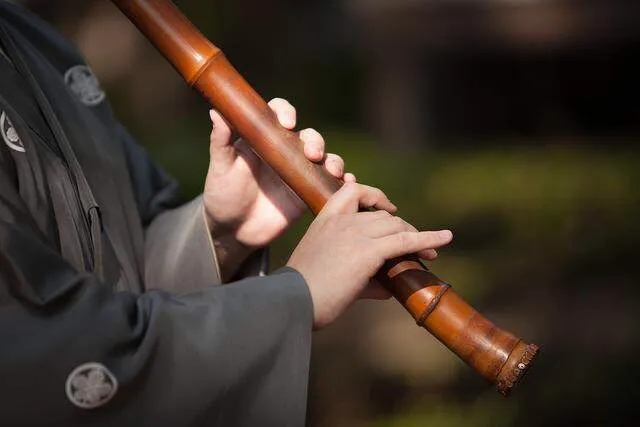The difference between shakuhachi and flute playing
Today I would like to share my recent learning to play the bamboo wind instrument: the difference between the Shakuhachi Dongxiao (Nanxiao) in playing, which is a summary of the levels of [Shakuhachi Fei (Conventional) Professional Players] and [Dongxiao Fei (Conventional) Professional Players]. make a hypothesis. I also hope that all Shakuhachi fans will verify and witness it.

The playing of the dongxiao (nanxiao)
When we are playing the dongxiao, we are also breathing out from our mouths and falling in our stomachs. When I play, I often feel that the airflow in the mouth of the lips is in a balanced force. "Balance of force" is a very important feeling.
I feel the airflow here on my lips, it can't get in, can't get out, hover there, and then flow out at a slow and unwitting speed (some people say that this is the traditional practice of Dongxiao and Nanxiao, which is not acceptable. Not pressurized, at least not like the shakuhachi, the sound pressure is added to death). Personally, the most difficult part of playing the dongxiao is to maintain this air flow of "no entry, no exit, hovering there". Playing the dongxiao is like playing a balance ball game, with the feeling of being cautious and walking on thin ice.
shakuhachi playing
When I visited the teacher's school, I focused on demonstrating the control of shakuhachi in dealing with different situations. When you are strong, you must be unrestrained, like a galloping horse. (Tension reflects the extreme) When it is weak, it should be slender and weak, like mosquitoes. Based on my own playing experience. I think shakuhachi has a deeper understanding of breath than dongxiao.
When I want to play the timbre of Yi Yin with a wide ooh, the feeling of hitting the air on the mouth of the song is very refreshing. When I want to make the tone of the armor sound brighter, the feeling like a puncture of a bicycle tire is also very refreshing. The refreshing feeling of such a direct emotional expression (to the fullest, perhaps because the Japanese have lived under the repression of militarism for a long time and need a kind of release cultural heritage), when I played the dongxiao, I did not have it.
Let me imagine for a moment, maybe what Shakuhachi needs is the airflow of "if you want to enter, you can go in, and if you want to go out, you can go out, and you can come and go freely". Having said that, compared to the "wild nature of the wind" I mentioned earlier, it seems to have become more "free to come and go". So to summarize my hypothesis.
To play the dongxiao, the pursuit is based on the ability to "can release and withdraw", neither release nor withdraw.
When playing shakuhachi, the pursuit is to release or take back on the basis of the ability to "release and withdraw".
 渝公网安备 50010702504639号
渝公网安备 50010702504639号